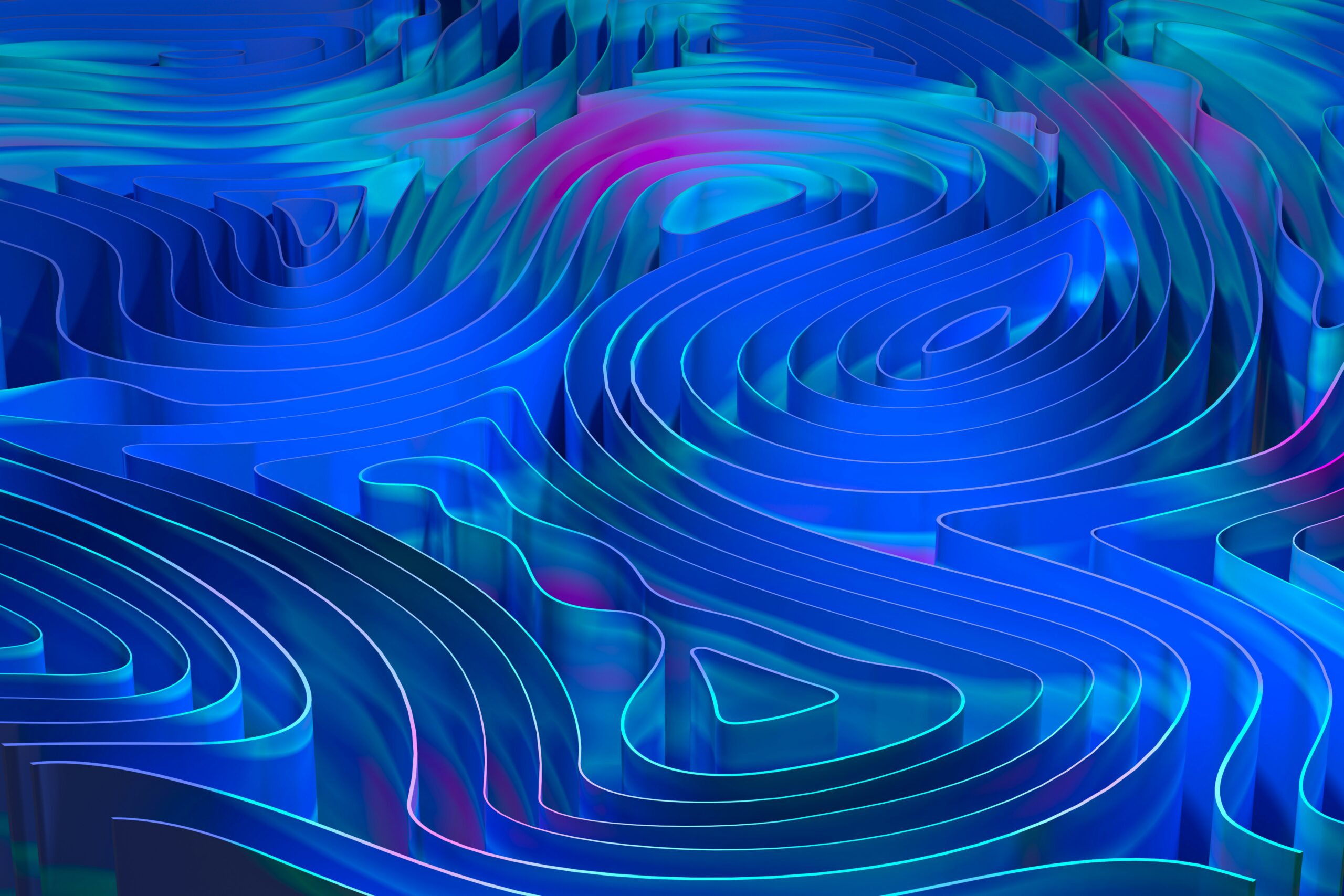Introduction
Balance and co-ordination problems have an impact on a child’s motor skills and overall functionality. These conditions encompass ataxia due to cerebellar structural disorders, genetic ataxias and various other causes of balance disorder
Understanding the conditions and their importance
Balance and co-ordination problems manifest through disruptions in the intricate neural networks governing motor control. The conditions have an impact on a child’s ability to maintain stability and execute precise movements.
Signs and symptoms
Signs of balance and co-ordination problems vary widely, presenting as gait disturbances, clumsiness and difficulties with fine motor tasks. Ataxia, particularly when arising from cerebellar structural disorders or genetic factors, may manifest with unsteady movements and impaired coordination.
When to seek neurological assessment
Early identification of signs indicative of balance and co-ordination problems is paramount. Parents and caregivers should seek neurological assessment when observing persistent issues with a child’s balance, coordination or motor skills.
Neurological management strategies
The diverse nature of balance and co-ordination problems necessitates a tailored neurological management approach. Treatment may involve physical therapy to enhance motor skills, interventions addressing the underlying causes, and support to optimise functional independence.

